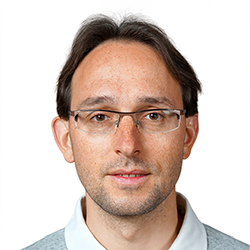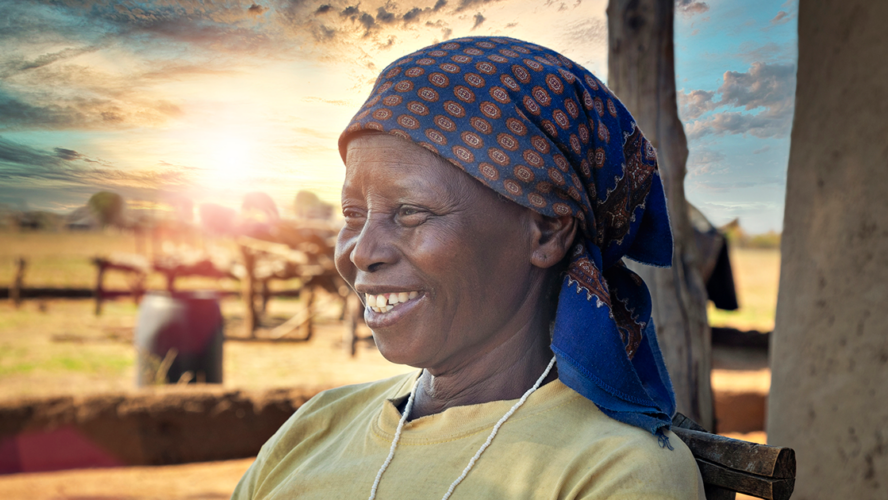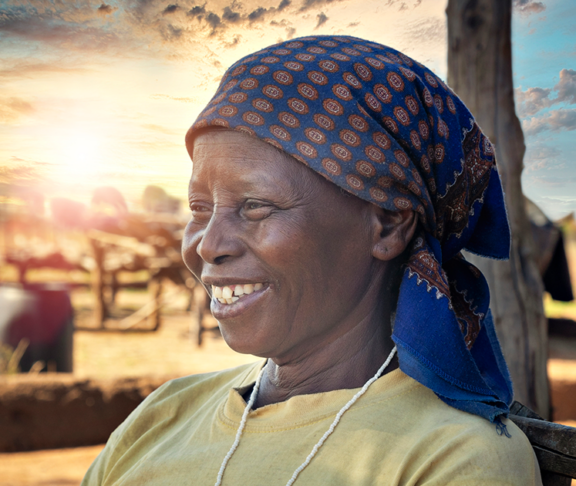
Peter Steinmann
Epidemiologist and Public Health Specialist, Swiss Tropical and Public Health Institute (Swiss TPH)

Anaïs Galli
PhD Candidate in Epidemiology, Swiss Tropical and Public Health Institute
Noma is a devastating disease linked to extreme poverty. Discover the WHO’s urgent call for awareness, funding and collaboration and how to make a difference.
On 15 December 2023, the World Health Organization (WHO) announced that noma has been included in the list of neglected tropical diseases (NTDs). This recognition spurs hope in the small noma research and advocacy community. Increased awareness, funding and collaborative efforts are urgently needed to combat this horrific disease.
Noma: a marker for extreme poverty
“Noma is more than a disease, it is a social marker of extreme poverty and malnutrition,” says WHO Director-General Tedros Adhanom Ghebreyesus. Indeed, noma is a debilitating disease that mainly affects young children in marginalised communities. It begins with gingivitis and leads to swelling of the face.
Without antibiotic treatment, noma progresses to gangrene within about two weeks, resulting in the deterioration of oral and facial tissues. Noma is fatal in an estimated 90% of untreated cases.
Noma is fatal in an estimated 90% of untreated cases.
Limited noma data and awareness
Solid facts and figures on the disease are, however, still lacking. We know the risk factors: extreme poverty, malnutrition, a weak immune system and poor oral hygiene. We know that it is, in fact, not a ‘tropical’ disease; it has appeared across the globe in very marginalised or weakened communities, such as during famines in Europe.
Yet, awareness of noma is almost non-existent outside affected communities, and we have very little data on its prevalence or incidence. Even the triggers for the disease’s progression are not fully understood. Making matters worse, noma survivors are highly stigmatised because of facial disfigurements and associated disabilities.
Synergies with other NTDs
Still, there is a way forward. Increased awareness and funding will enable countries to step up their efforts to detect and treat those affected. The inclusion of noma in the WHO Roadmap for NTDs will promote synergies with prevention and control programmes for other NTDs, such as leprosy or Buruli ulcer.
These diseases affect similarly disenfranchised populations and require similar detection efforts due to their relative rarity and stigmatising nature. Moreover, affected patients often require reconstructive surgery, social rehabilitation and economic support. As well as integration and coordination with other disease programmes, we must work across sectors. Ultimately, the only way to eliminate noma is to address poverty and malnutrition in the most marginalised communities.

